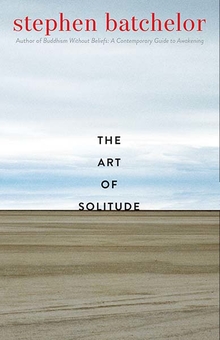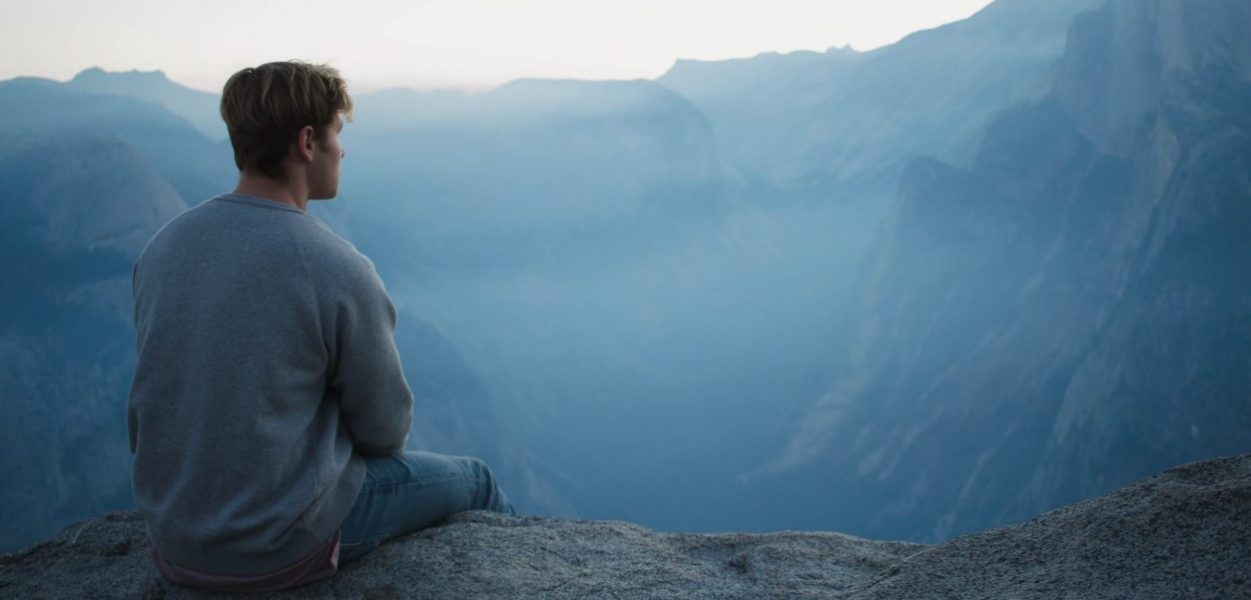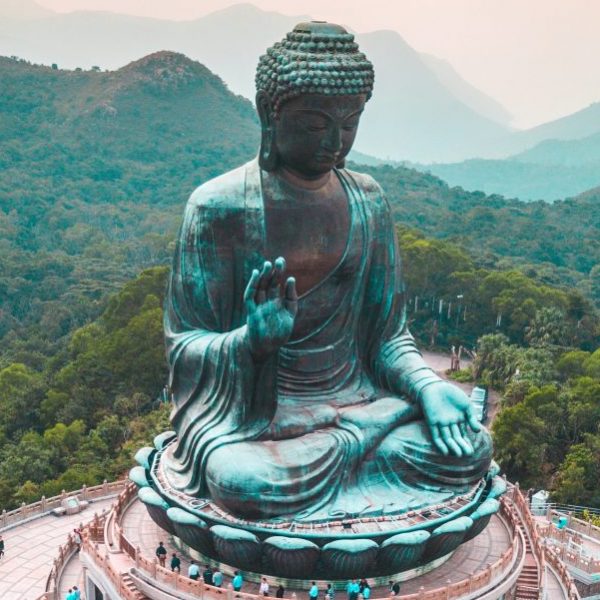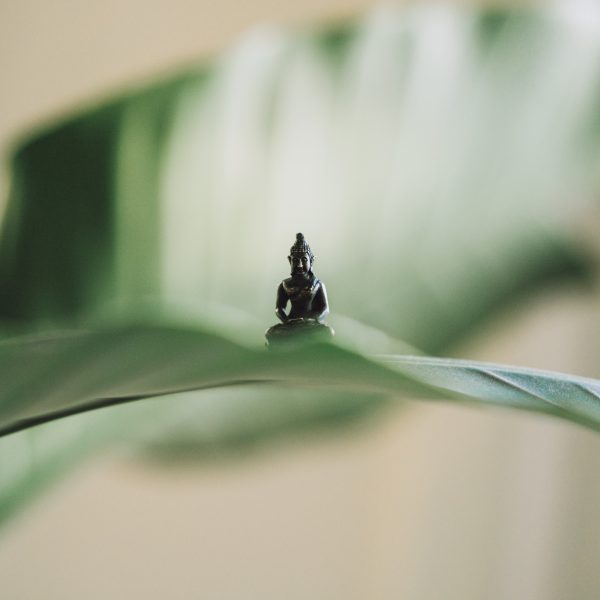Learning to Meditate
Stephen Batchelor—
Even on long summer days in rural England when it would not get dark until 10 pm, my mother insisted on sending her two sons to bed early, which I thought both unfair and pointless. Unable to sleep, I would close my eyes and imagine my prone body in its pajamas moving up and down the walls of the bedroom, gliding against the ceiling, then remaining stationary at a point of my choosing. I had no doubt that I was actually in those impossible locations rather than lying on my bed. I performed these maneuvers night after night. I took them very seriously. I never spoke to anyone else about what I was doing. They were exercises in pure solitude.
Another contemplation during those sleepless evenings was to dwell single-mindedly on a taste that was not of this world. This taste was neither pleasant nor unpleasant, only entirely different from all other tastes I knew. It was deeply familiar though I had no idea where it came from. Now I can just about summon up a distant, ever receding hint of its flavor.
I had recurrent dreams of flying. With minimal effort I would soar through the air, swooping and climbing as I wished. The landscapes below me were bathed in sunlight, vividly detailed and rich in color. As the dreamer I was aware that these dreams were more real than other dreams. As soon as a flying dream began, my dreaming self would rejoice. Awake again, I would recall these flights with the nostalgia of one who has been cast into a leaden realm.
Sometimes I would try as hard as I could to bring my thinking to a stop. My constant failure to do this troubled me. I was powerless in the face of the implacable flood of thoughts pouring forth. Or I would pick my way back through the waking day in a quest to find moments when I was free of worries. When I thought of myself as “happy,” I was aware of a pale shadow of anxiety hovering nearby. Something could always go wrong.
These were my first naïve, unguided attempts at what I would now call meditation. Exploring the textures and contours of my interiority enabled me to escape the boredom and loneliness of a sleepless child and discover the contented self-sufficiency of solitude. Thomas De Quincey talked of “that inner world, that world of secret self-consciousness, in which each of us lives a second life apart and within himself alone, collateral with his other life, which he lives in common with others.” At school it puzzled me why none of the teachers acknowledged, let alone addressed, the presence of this inner life. Only when I met Buddhist monks did I first encounter people who were at home in this realm and talked about it openly, without embarrassment or reserve.
From The Art of Solitude by Stephen Batchelor. Published by Yale University Press in 2020. Reproduced with permission.
Stephen Batchelor is a teacher and scholar of Buddhism. He is the author of numerous works, including Buddhism without Beliefs, Living with the Devil, Confession of a Buddhist Atheist, Secular Buddhism, and After Buddhism.
Further Reading:


























